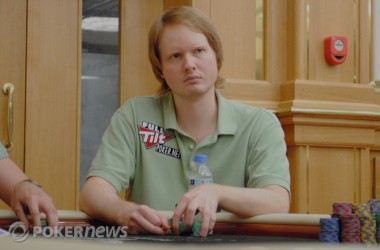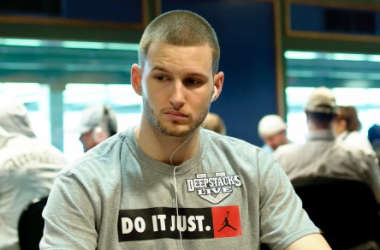Value Betting with PokerStars Supernova Elite Mike Ziemba, Pt. 1


Mike "umpa21" Ziemba is a rare breed. He's one of only 342 players in the world to have earned PokerStars Supernova Elite status. He regularly grinds 24 six-max no-limit hold'em cash game tables with ease, and considers being a student of the game as one of the most important aspects of playing poker for a living. For Part 1 of this article, Ziemba discusses general strategies for value betting against a recreational player.
Once you've pegged a player as recreational, what is your general game plan as far as getting value from them?
I try to recognize tendencies or leaks. There are different types of recreational players, and not all of them play the same. So, I need to figure out how to exploit them, and in what situations.
Is it fair to say that you can categorize most recreational players as either bad passive or bad aggressive?
I would agree with that. A big error recreational players make is that they forget the reasons why they are betting. Are they betting for a bluff? Are they betting for value? Or, are they betting to protect their hand?
Recreational players usually have a harder time reading hands and ranges of opponents. So at times, it can be harder to make more complex bluffs versus someone who is not as familiar with the game. In certain situations, it's easier to extract more value, and/or overbet versus a fish.
Against a fish, I generally try to get involved with more hands preflop in position. Or, open my preflop range. I have a huge advantage post-flop against a fish, and they will usually make a large error, resulting in a large profit for me.
Post-flop, how does the width of your value-betting range change and across how many streets against a bad, passive player versus a bad, aggressive player? For example, does your value-betting range narrow or widen, and do you go for more or less streets of value with top-pair types of hands?
If a player is passive, I'm more likely to bet all three streets if I believe I have the best hand in or out of position. Out of position, it's harder to check-raise a passive player since they're more likely to check than bet. My value-betting range is always wider considering they're getting involved with worse hands preflop, and post-flop.
The texture of boards, positions, stack sizes, and reads, plays into my conclusion of what bet sizes I want to make. Against a bad aggressive player, I'm more likely to try and let them "hang" themselves. Meaning, I may check-call the flop and turn with the best hand, and check-raise on some rivers.
What about bet sizing against a fish versus good players? What are some general guidelines on how it changes?
A lot of bet sizing has to do with ranges and board textures. Against good players, it's much harder to get them to call three large bets with worse hands, so you may bet smaller, or give them better odds to call. Usually, when you see two good players making large bets on every street, they both have good hands, and one happens to be better than the other. Or, it’s a cooler in an unavoidable spot. Against a fish, it's much more likely you can make large bets on each street, and get a player holding a very bad hand to call on each street.
Check back for Part 2 of this article where Ziemba will analyze a hand against a recreational player and talk about the thought process behind his value bets.
Try out what you learned on your favorite online poker site, and as always, follow us on Twitter for up-to-the-minute news.








